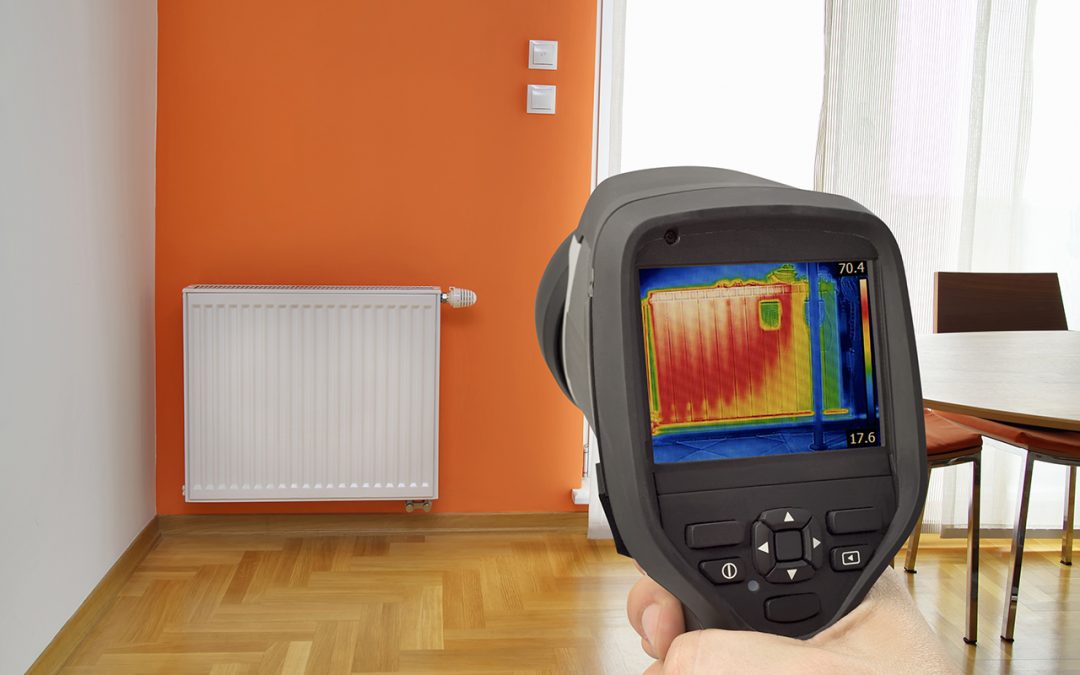How Home Inspectors Use Thermal Imaging in Home Inspections
Infrared thermal imaging is a technique used in home inspections that shows the inspector differences in heat that would not normally be visible. These temperature variations are interpreted by a professional inspector to provide insight into issues behind the walls, ceiling, and floor. Not all inspectors use thermal imaging in home inspections, but it is a good idea to choose one that does. A thermal imaging camera can catch issues that may otherwise go unnoticed.
Thermal Imaging in Home Inspections Provides a More Thorough Inspection Report
If your home inspector uses thermal imaging, he or she will include pictures taken with a thermal imaging camera in the inspection report, along with explanations of what the images show. The energy emitted appears in the image in a spectrum from light to dark, so something that appears yellow has a higher temperature than something that appears blue. Therefore, if a wall is showing a darker section on an infrared image of a wall, this could mean there is excess moisture behind this section of the wall that needs to be further investigated.
What Can Thermal Imaging in Home Inspections Detect?
Thermal imaging in home inspections can shed light on issues in the home including electrical hotspots, moisture intrusion, missing insulation, areas of heat loss, and openings that need to be sealed.
Electrical Hotspots
An electrical hotspot may show up on an infrared image but not be seen by the naked eye. The excess heat emitting from an electrical hotspot may appear orange, yellow, or white when viewed on a thermal imaging camera. If you have an electrical hotspot, it is important to know because it is a fire risk.
Moisture Intrusion
Excess water or moisture can do a lot of damage to your home if it goes undiscovered. Luckily, thermal imaging can help get to the source of water leaks and moisture intrusion because it will appear as an unusual cooler spot on the infrared image.
Issues with Air Tightness or Insulation
If your home has gaps that are affecting your energy efficiency or is lacking insulation, using thermal imaging in home inspections can make this more apparent. One of the best ways to improve your home’s energy efficiency is to seal and insulate, so pinpointing the areas where you need to do this makes infrared thermography helpful.
Choose a Home Inspector with a Thermal Imaging Camera
Thermal imaging in home inspections is a fairly new practice and you should not assume that all home inspectors use an infrared camera. Make sure to do your research when choosing a home inspector and ask if they include thermal imaging in their reports and if it is included in the price of the inspection or an extra charge. For the most thorough inspection possible, choose an inspector who includes thermal imaging as needed during inspections.
360 Inspections provides the Bay Area with home inspections, including infrared thermal imaging at no extra charge. Contact us to book an appointment.

